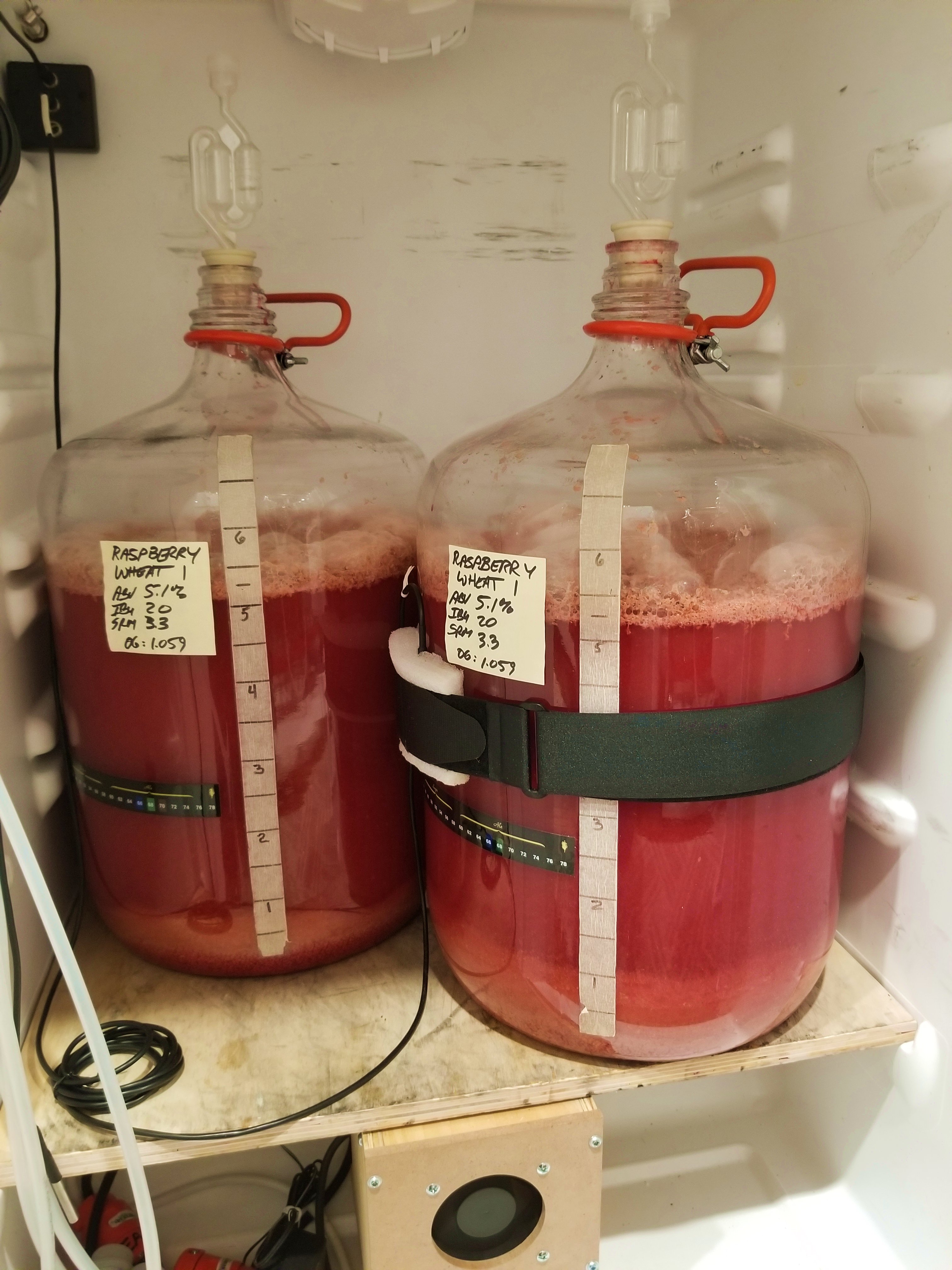coonmanx
Well-Known Member
I used to do that. I would put it into secondary and then add a blowoff tube. Now I simply wait until primary crashes and then add it to the carboy. It will become active for a couple of days and then settle back down. At that point it can go into secondary and you don't have all of that sediment. I have been using this method for a while now with no loss of fruit flavor in the beer. I recently did an Apricot Honey Ale that way and then Mango Honey Ale. The mango came out a bit subdued but excellent. The Apricot Honey Ale was on point and I didn't even use a full can of the puree. The Mango Honey Ale lasted just over 24 hours when I shared it with friends. Today I am going for a Strawberry ESB. Not sure what to expect as people say that strawberry comes out more subdued as a fruit flavor. But that is OK since I want the fruit to be a secondary flavor to the beer itself. I once poured a six pack of Sam Adams Cherry Wheat down the drain because it tasted like cough syrup. LOL.
Last edited:





